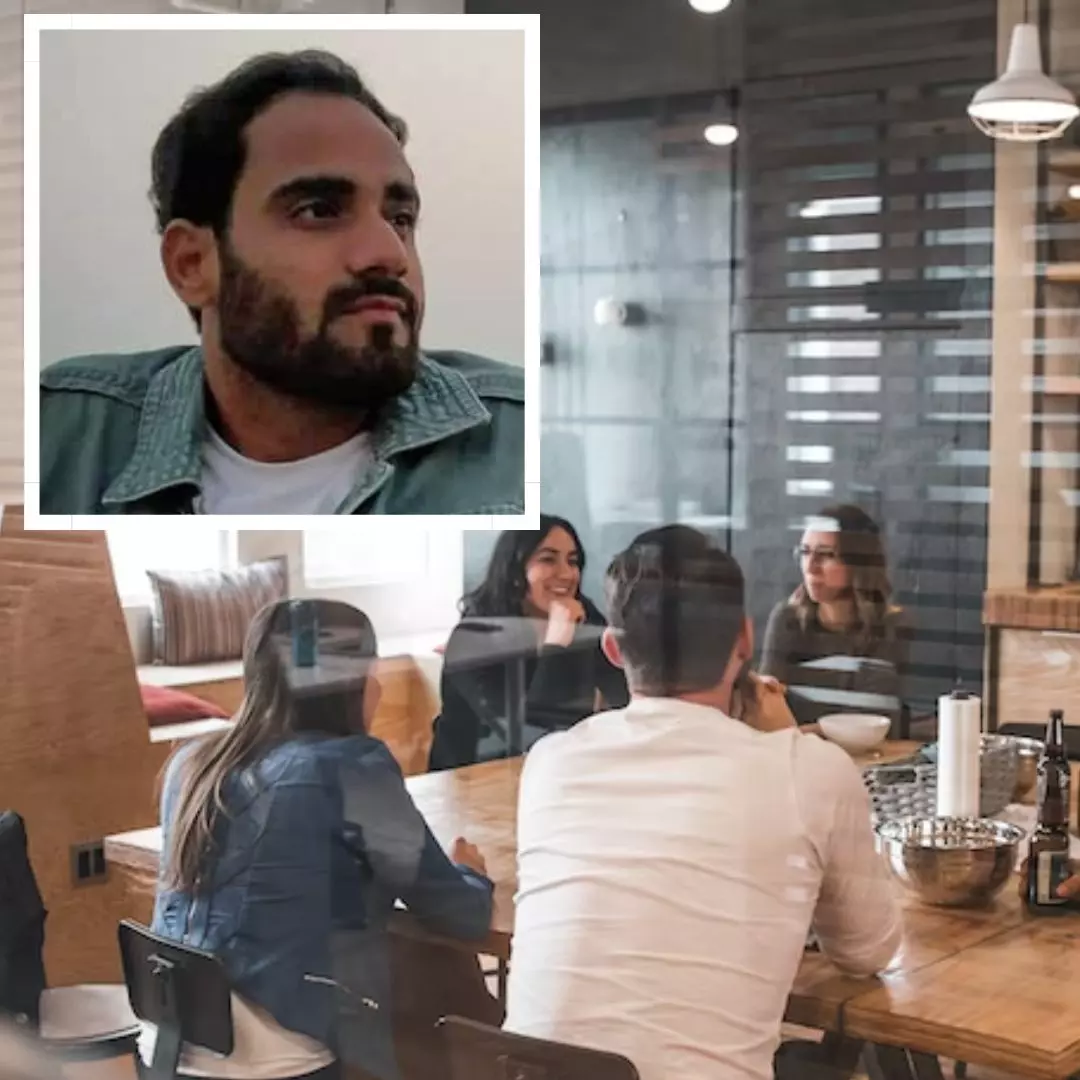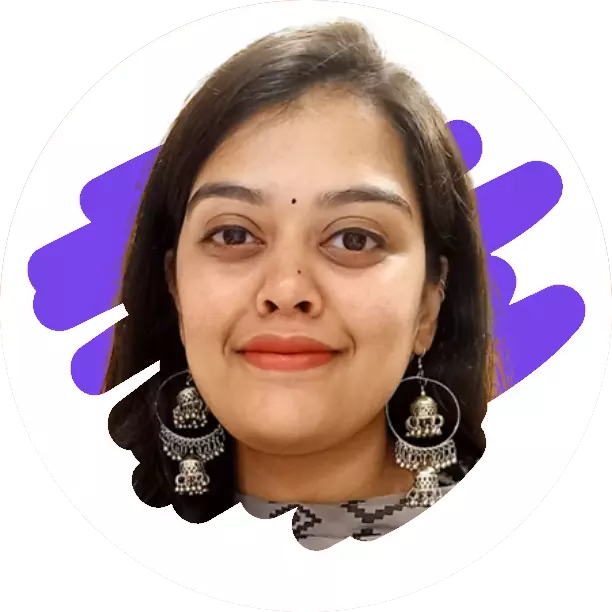
Image Credit: Rachit Sharma, Unsplash (Representational)
'Censorship Cannot Be The Cure': Social Activist Rachit Sharma Calls For Stricter Law To Counter Hate Speech
Writer: Ronit Kumar Singh
A confident and reliable journalist who always desires to toss the unheard voices. I cover politics and governance extensively through stories.
India, 8 Jan 2023 12:57 PM GMT | Updated 9 Jan 2023 6:29 AM GMT
Editor : Jayali Wavhal |
She writes about gender issues, human interest, and environment.
Creatives : Ronit Kumar Singh
A confident and reliable journalist who always desires to toss the unheard voices. I cover politics and governance extensively through stories.
Rachit Sharma, a poet, and social activist have created and executed several youth dialogue spaces around hate speech under Youth Alliance and Dignity in Difference Project. As an outcome of organising workshops, he has explored several aspects of hate speech prevalent in India.
In a country like India, which is identified as culturally diverse with a mix of languages, ethnicities, castes, religions, and other identities, it's crucial for its people to understand the difference between free speech and hate speech. In a recent judgment, the apex court mentioned that hate speech marginalises individuals based on their religious or cultural identity and lays the foundation for violence.
Hate speech is often defined as a blanket of expression that includes speech, gestures, conduct, writing, or displays that incite violence or prejudicial actions against a group or individuals based on their association with the group. According to a report highlighted by the Supreme Court, India saw a spike of 500 per cent in hate speech cases against public functionaries and politicians since 2014.
To combat the challenge and bring awareness among youth, Rachit Sharma, a poet, social activist, and member of the Youth Alliance and Dignity in Difference Project, has created several youth-centric dialogue spaces with his organisation's support and discussed various aspects of hate speech in contemporary society.
In Rachit's words, India does not have an exclusive law to counter hate speech. Still, there are provisions under the Indian Penal Code that prohibit any speech that may promote enmity between communities and hence could threaten the integrity and unity of the country.
While organising workshops attended by youngsters across India, Rachit came across several points that called for immediate action. While sharing the information with The Logical Indian, he quoted a second-year student at IP University, Shobhit, saying, "The first reaction is of utter disbelief when one hears such things on a prime-time news show, followed by anger at how could they rob us of dignified public dialogues, numbness comes close behind when realized that they can, and they have."
He also highlighted that digital platforms, beacons of democratic values and products of 'superior' human ingenuity, are often clueless about combating hate speech. In one discussion based on digital platforms, he quoted a community member saying, "For my parents' generation, sophisticated devices like a smartphone or a computer validate the content further, it is the content and the medium both that they are consuming."
Hate Speech & Freedom Of Speech
Rachit elaborates that hate speech enjoys strange impunity in the public sphere due to its alleged close relationship with freedom of speech. But in reality, the dubiety is a result of the understanding of neither. While freedom of expression is a fundamental human right and thus a privilege of all, hate speech is contingent on factors like the social-political context, the status, influence, and immunity enjoyed by the speaker, the intent to incite the audience against a certain group, the content of the speech, the extent of its dissemination, and the likelihood of harm.
These factors help set apart what is deemed 'defamatory/offensive' and hate speech that incites and causes violence. Public hate speech is not ambiguous or a grey area. It is clearly and directly violative of the principles in the Universal Declaration of Human Rights preamble, adds Rachit.
'Censorship Not A Cure'
He engaged with several young participants from South Asia who all admitted that censorship could not be the cure; it would only end up creating more echo chambers which would be as polarizing if not more than the problem itself.
In one of the discussion forums, the co-founder of The Dignity in Difference Project, Himanshu Pandey, mentioned, "Hate speech in South Asia isn't just internet partisanship but a scaled manifestation of stereotypes, reimagined history, institutional frustrations, and political dividends."
He added, "After the Delhi riots, it became increasingly clear that little meaningful resistance exists in the path of hate speech to hate crimes. The Dignity in Difference Project finds its place in data-informed interventions against hate speech. Most intuitive answers don't work against hate speech, we are trying to find effective answers and advocate for them."
Rachit concluded by mentioning that some of the most significant learnings being a participant and a facilitator in these dialogue spaces were: violent speech can restructure social norms forever; youth deserves better public discourse as audience and participants; young individuals' mental health, especially from the minority communities, cannot be at the mercy of fanatics with microphones and influence.
He added that the pyramid of hate, where stereotypes lie at the base, followed by bias, discrimination, segregation, and worse, is a mercurial construct. There is very little space and high stakes at a higher level. Hate speech is the one-way staircase toward the top of the pyramid - where civilization meets its doom.
Also Read: Driving Change! Know How IIT Bombay & Maharashtra Govt Plans To Break Language Barrier In Education
 All section
All section














